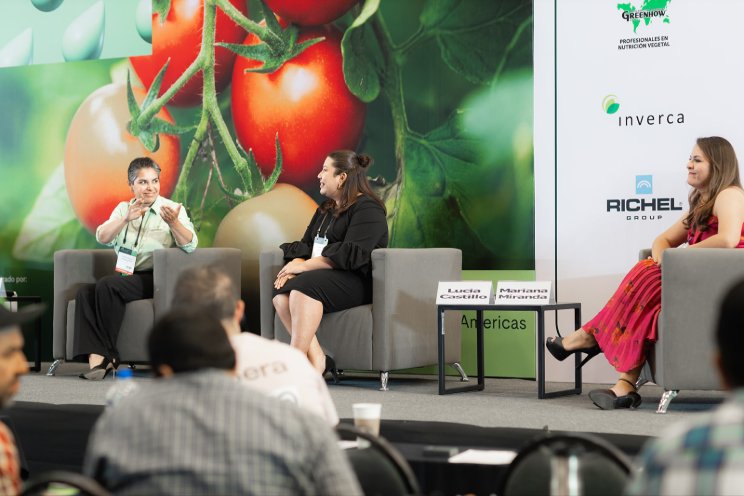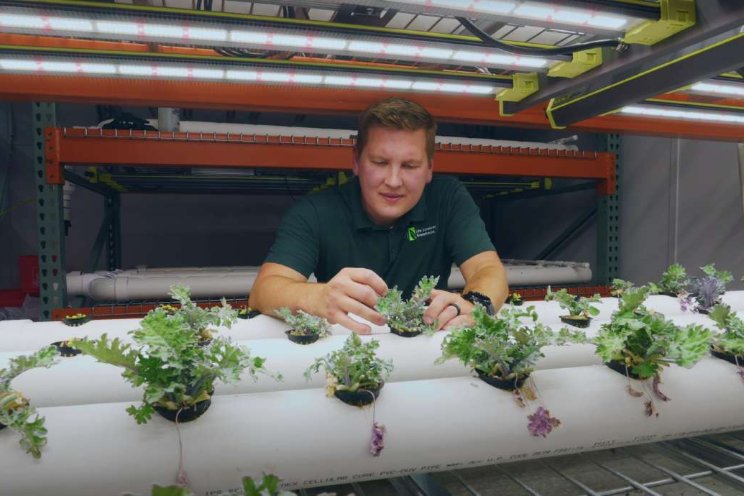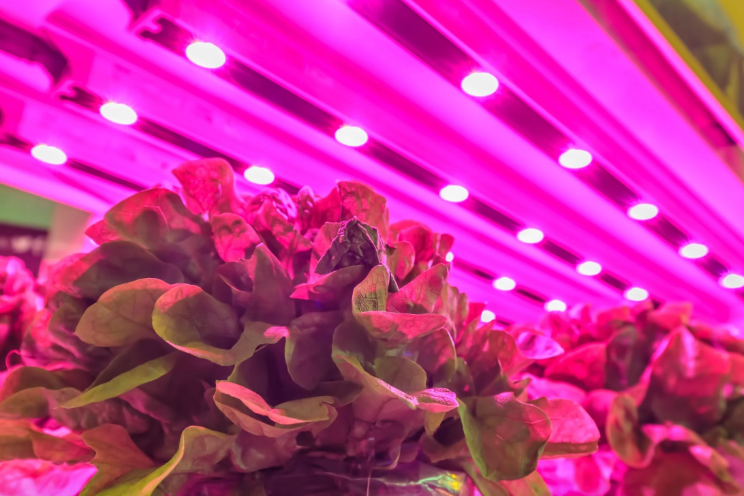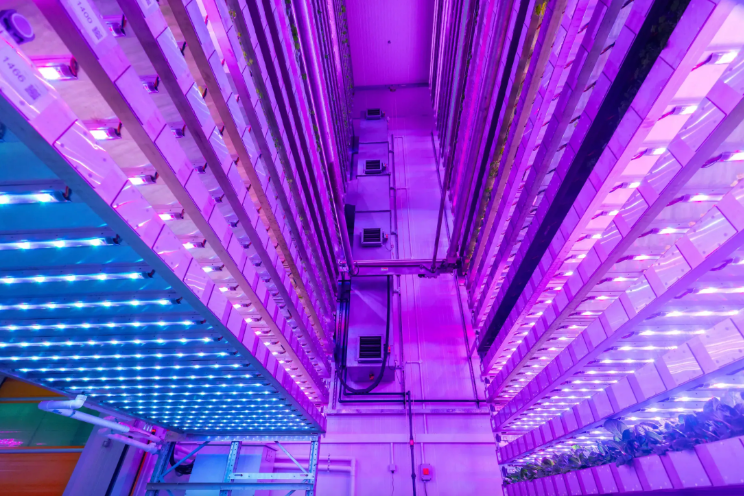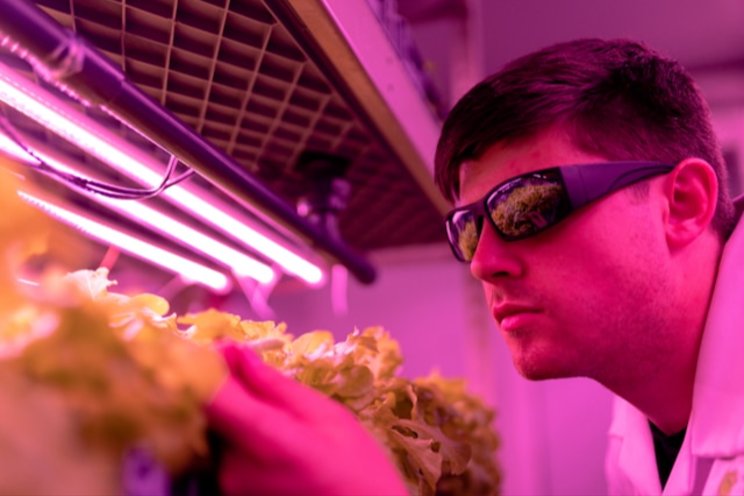Why use LEDs in greenhouse?
Added on 03 March 2020
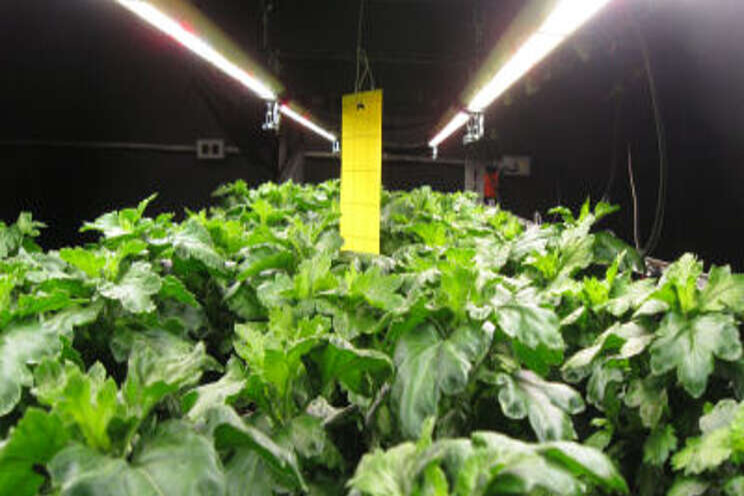
Why use LEDs?
The obvious, but also incorrect answer is: because LEDs (light emitting diodes) are much more energy efficient than other lamps. In reality, LEDs are about equally efficient as the best high intensity discharge (HID) lamps, which are by far the most common bulbs used for photosynthetic lighting. Since LEDs are substantially more expensive than HID lights, there seems little reason to use LEDs. However, LEDs have some important advantages over HID lights:
New. This is not yet a mature technology and LEDs are constantly getting more efficient and cheaper. That will continue to make LEDs more and more competitive.
Color. LEDs are available in many colors and we can take advantage of this in horticulture by using LED colors that elicit specific plant responses.
Cool. Although LEDs and HID lights produce about the same amount of heat, the way they do this is very different. With HID lights, the bulbs get very hot, which means that the bulbs need to be placed a safe distance from the plants, or they will burn the plants. With LEDs, it is not the LED itself that gets hot. Instead the electronics board that the LEDs are mounted on gets hot. To keep LEDs from overheating, powerful LEDs need to be mounted on a heat sink, and the heat can then easily be dissipated with a fan. Because the LEDs themselves do not get hot, they can be placed close to, or even inside, the canopy. And the more closely the lights are to the crop, the more efficiently the crop can be lit. This gives LEDs are major advantage over other kinds of lights.
Control. For our purposes, this is the biggest advantage of LEDs. They can be controlled in ways other lights cannot. The typical way most light are dimmed is simply by restricting the current going to those lights. That is one option with LEDs, but not the most common way. To understand how we can dim LEDs, two terms are important:
- Frequency: LEDs can easily be turned on and off thousands of times per second. Because this happens so fast, our eyes cannot detect that the LEDs go on and off
- Duty cycle: We can control how long the LEDs are on and off during one on/off cycle A duty cycle of 0 means the LEDs are always off, a duty cycle of 1 mean they're always on. We can set the duty cycle to any value we want and that is the most common way LEDs are dimmed: the greater the duty cycle to brighter the lights.
The ability to control both duty cycle and frequency gives us precise control over LED lighting. The challenge is how to use that control to supply plants with the amount of light they can efficiently use. Since that is different for different species, and possibly even for different cultivars of the same species, it is not practical to experimentally determine optimal lighting levels for all horticultural species. So why not ask the plants and let them decide?
Click here to read the complete article.
Source: Horticultural Physiology
More news


